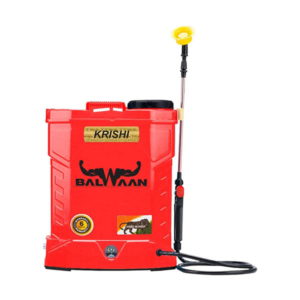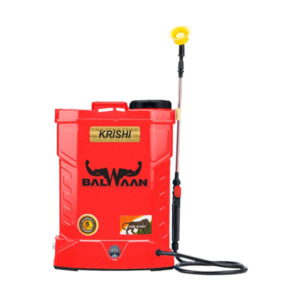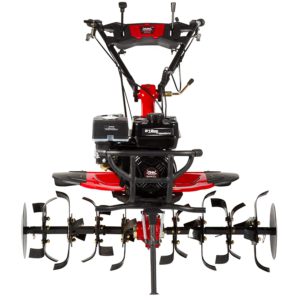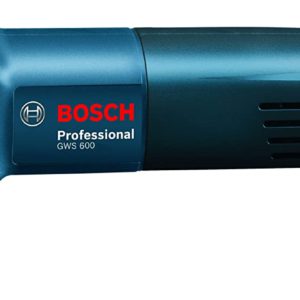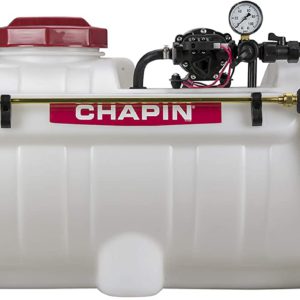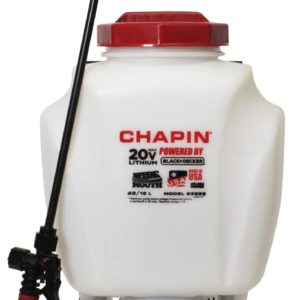27
Oct
Agricultural Marketing Infrastructure
Scheme Overview
This scheme aims to enhance farmers' income by enabling value addition and processing at the grassroots level, thus allowing them to sell more marketable and processed produce. The Ministry of Agriculture & Farmers Welfare, Government of India, is implementing the Agricultural Marketing Infrastructure (AMI) component under the Integrated Scheme for Agricultural Marketing (ISAM), which is operational until March 31, 2026.
The scheme supports the development of agricultural marketing infrastructure, including scientific storage capacity, and caters to both storage and other marketing infrastructure projects. Eligible infrastructure projects for storage range from 50-5000 MT for Private & Cooperatives and 50-10,000 MT for State agencies. Projects focusing on other marketing infrastructure (beyond storage) also qualify for assistance.
Scheme Features
The AMI scheme is open-ended, demand-driven, credit-linked, and provides a back-ended subsidy. The scheme is available to a broad range of beneficiaries, including individuals, agri-preneurs, farmers, FPOs (Farmer Producer Organizations), cooperatives, state agencies, etc.
The subsidy structure is as follows:
25% subsidy for plain areas.
33.33% subsidy for:
North Eastern Region (NER),
Hilly areas,
Women/SC/ST promoters,
FPOs.
Support is available for a variety of projects such as:
Storage infrastructure (50-10,000 MT)
Development or upgrading of Rural Haats into Grameen Agricultural Markets (GrAMs)
Common Facilitation Centres for FPOs
Infrastructure for direct marketing
Mobile infrastructure for post-harvest operations (e.g., reefer vans)
Standalone cold storage (up to 1000 MT)
Integrated Value Chain (IVC) projects for primary processing, and more.
Eligible applicants include individuals, farmers, registered FPOs, cooperatives, NGOs, SHGs, local bodies, and state agencies.
Benefits
The scheme offers several advantages:
Increased remuneration for farmers through better marketing options.
Alternative and competitive marketing channels for farmers.
Promotion of small-scale processing units.
Reduction of post-harvest losses and handling inefficiencies.
Encouragement of pledge financing and enhanced market access.
Establishment of farmer-consumer linkages, including integration with the e-NAM portal.
Eligibility
The scheme is open to all individuals and organizations who meet the criteria for the projects outlined above.
Application Process
The application process is offline and involves the following steps:
Step 1: The promoter applies for a Term Loan (TL) to a Financial Institution (FI).
Step 2: The financial institution sanctions the term loan.
Step 3: The FI applies for Advance Subsidy within 90 days of the first disbursement of the loan, via the ENSURE portal (NABARD).
Step 4: NABARD sanctions and releases the Advance Subsidy to the FI.
Step 5: Upon project completion, the FI submits a final subsidy claim to NABARD and requests a Joint Monitoring Inspection (JMI).
Step 6: NABARD conducts the JMI and uploads geo-tagged photos to the ENSURE portal.
Step 7: Final subsidy is sanctioned and released to the FI by NABARD.
Documents Required
Forwarding letter from the controlling/nodal office of the financing branch.
The advance subsidy claim application must be routed through the controlling/nodal office to NABARD.
Include complete address and contact information of both the controlling office and financing branch.
A copy of the letter and claim application should also be sent to DMI RO/SO.
Advance subsidy claim application in the prescribed format (Annexure-V).
Project report with detailed cost breakdown, total outlay, loan, margin, and the technical and financial appraisal report from the FI.
Approved plan/map and civil drawings, showing dimensions and capacity.
Loan sanction letter from the FI, along with invoices for equipment or machinery, if applicable, and a copy of the Term Loan Account Statement showing loan disbursement.
Land documents for the location of the project.
Certificate from FI confirming the promoter's category. For SC/ST entrepreneurs or cooperatives, a certificate from the competent authority is required.
Notarized affidavit executed by the promoter on non-judicial stamp paper (Annexure XV).
For companies, submit the partnership deed (if applicable), Memorandum and Articles of Association, and certificate of incorporation (for private limited companies, etc.).





